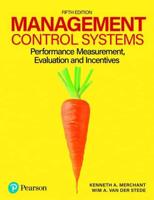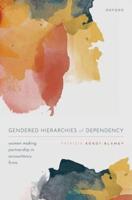Publisher's Synopsis
Excerpt from Draft Proposal/Environmental Assessment: River Use Management Plan; June 1982
The quality of the resources - the clarity and purity of the water, the clean air, the forests and meadows only gently touched by the hand of man - makes the Buffalo National River a special place to visit. An important aspect of the Buffalo's quality is variety, not only in the landscape, geological features, and plant and animal life, but also in the character of the river itself, which ranges from white water rushing by steep bluffs to broad tranquil expanses ?owing through meadows and forested hills.
As varied as the river itself are the people who come to enjoy it: Groups of college students come to cut loose after a long winter of classes and exams, but so do individuals seeking a challenging canoeing experience or a few days of solitude. There are long-term residents of the area carrying on their traditional uses of the river, including fishing, swimming, hunting, floating, and large family picnics. There are also families passing through who are experiencing the river for the first time. The Buffalo National River serves people of all ages, background, interests, and needs; however, as the river attracts ever increasing numbers of visitors, conflicts arise, and the very qualities that brought the visitors to the river in the first place begin to be threatened.
Management's goal at the Buffalo National River is a quality visitor experience in harmony with the superlative resources of the Buffalo River.
About the Publisher
Forgotten Books publishes hundreds of thousands of rare and classic books. Find more at www.forgottenbooks.com
This book is a reproduction of an important historical work. Forgotten Books uses state-of-the-art technology to digitally reconstruct the work, preserving the original format whilst repairing imperfections present in the aged copy. In rare cases, an imperfection in the original, such as a blemish or missing page, may be replicated in our edition. We do, however, repair the vast majority of imperfections successfully; any imperfections that remain are intentionally left to preserve the state of such historical works.










